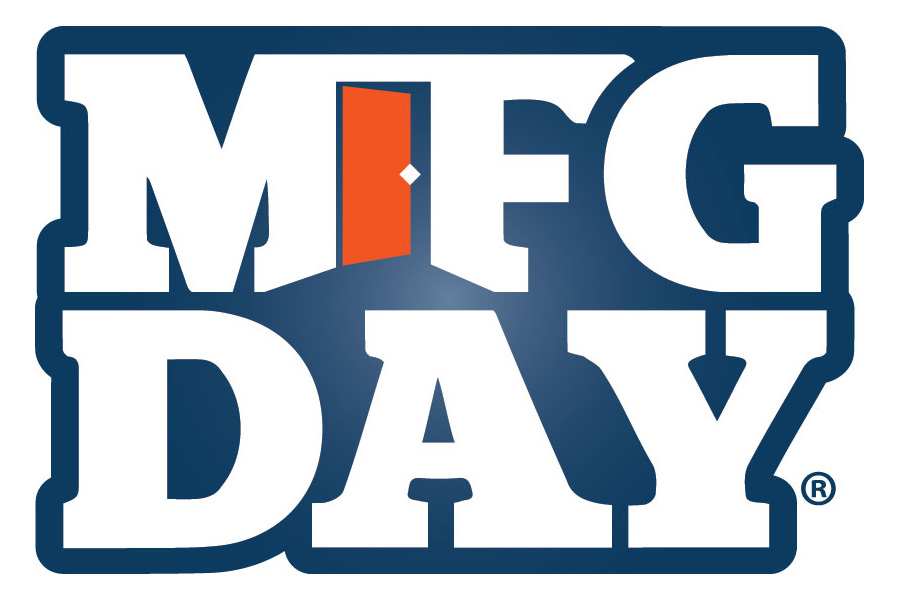In his September blog post, ASQ CEO Paul Borawski asked to the Influential Voices group “how the practice of quality could evolve to support the needs of a rapidly changing world…Or why quality should not change despite the needs of faster faster faster changes”
Some people say – yes, quality has to change and evolve in order for business to response to changes in a faster way. A clear example is in the software development field where companies that have been using the Software Engineering Institute’s Capability Maturity Model (SEI CMM), today they find more appropriate the Agile Methodologies.
In the other hand, others think that slowing down, analyzing and acting accordingly is the best option to affront a change. Napoleon said “Dress me slowly that I’m in a hurry“.
I agree with both scenarios because QUALITY is THERE. Quality is the framework where a company has to base the entire organization functions. Quality is the tool that will make a company to affront every small or complex change required by their customers, environment, society, employees, etc.
I wanted to share with you an interested white-paper that describe exactly what my vision is regarding this topic. The article is called “Quality Management and Change Management: Ensuring a Change for the Better” written by ETQ. The paper exposes why Quality Management system is THE option for any process/product change.
Some of the paper’s extracts are next.
“Regardless of industry—whether automotive, medical, or food for example—there eventually comes a need for change. As different as these industries may be, a drive for continuous improvement is the common denominator that initiates the need for a change. Inevitably, an organization will need to change a process or product at some point in its lifecycle in order to keep up with growing market demand and to keep pace with the competition.
While the reasons driving a need for change may vary—whether to offer the latest product upgrade or to correct a defect—the process leading up to change execution is often complicated and needs to be managed properly in order to result in an effective outcome. The process of Change Management is often complex—involving employees, equipment, various departments, suppliers, and more. Add globalization to the equation, which increases complexity, and the result is a process that may be ineffective if not properly managed at every necessary aspect. An organization cannot simply change the blueprints and hope for the best. The Change Management process involves various levels of planning and sourcing, and collaborating with not only internal sources, but external sources as well. The bottom line is, increasing speed and complexity within the change management process demands more effective process management.
Product Lifecycle Management (PLM) has always been considered as the driver for change because it manages product data and design processes. However, the change process requires much more functionality…. a system with the proper functionality to monitor the Change Management process and track it from design to production to postproduction. This is where the automated Quality Management System (QMS) comes in. QMS has the ability to not only manage the core change process, but to also crossreference any related quality, environmental or health and safety processes, and link them to the core change.
The QMS seamlessly guides an organization through the phases of a Change Management process, it incorporates critical QMS functions into every step to ensure the end result is of the highest possible quality.
* During Define and Design phases – Lay the Foundation: When conducting a change, it is necessary to go back to the very first step in the process and begin to lay the foundation for quality. To successfully manage these phases, the QMS provides various key functions to enhance the process, such us:
- Corrective and Preventive Action
- Planned Deviations
- Document Control
- Product Data Management
- Risk Assessment
- Design Risk Management
* During Approve, Plan, and Source phases – Collaborate across the Enterprise: Once the post-market data has been collected and filtered through, the process can begin to move forward. To enhance this phase of the process, QMS functions that effectively manage approvals, action plans, and suppliers are:
- Configurable Review and Approval Workflow
- Action Plans
- Project Control
- Supplier Management
- Calibration and Maintenance
* During Execute and Verify phases – Check your Work: Once the organization has all of the elements of the change in place up to this point, it is imperative to ensure that the right people are delivering on the change and are trained and knowledgeable prior to the change becoming effective. QMS functions are:
- Employee Training
- Complaint Handling
- Audits
Product or process development is an extremely complex process. It can be likened to following a recipe. While there are various elements involved that serve different functions, there is always that one ingredient that must be included to result in a great outcome, every time. In this case, that ingredient is quality. Without it, everything else that was involved essentially becomes irrelevant and you’re left starting from scratch. Quality Management provides a total quality solution for enhancing the Change Management process and will ensure success in every change, every time—ultimately resulting in a change for the better.”
I cannot AGREE more!
If you are interested in read the complete article, you can download it by clicking here.
Because of this topic, the “Quote of the Month” I’ve selected is: “It is change, continuing change, inevitable change, that is the dominant factor in society today. No sensible decision can be made any longer without taking into account not only the world as it is, but the world as it will be“ ~Isaac Asimov
Image provided by: scottchan – FreeDigitalPhotos.net





